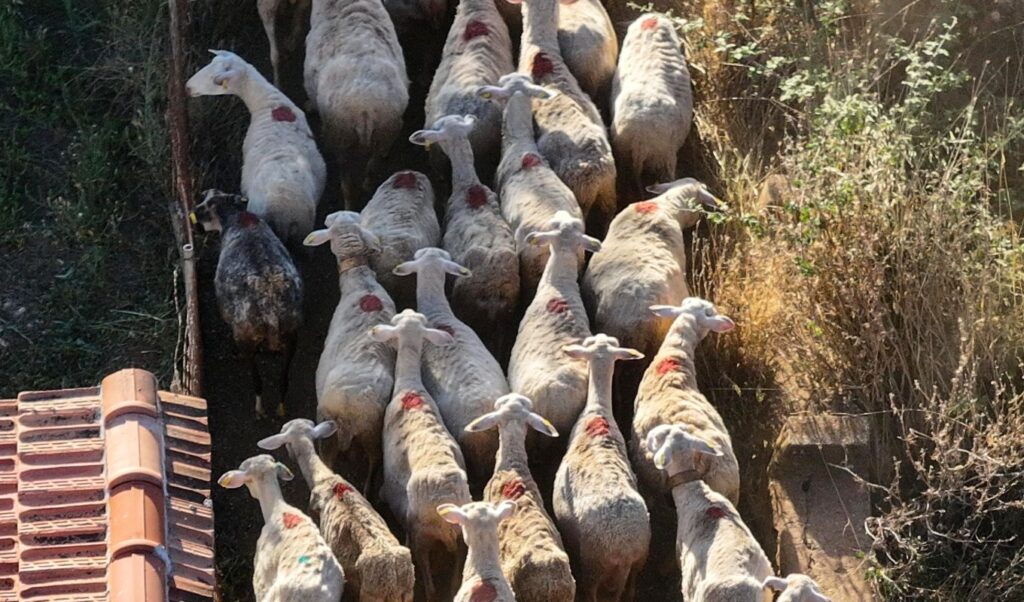Greek livestock farming is going through a critical period, facing the emerging threat of sheep and goat pox, with the government leaving open the possibility of imposing a lockdown. This is a highly dangerous contagious animal disease that has reappeared in our country, threatening sheep and goats, with consequences that also affect livestock farmers. Therefore, it is important that animals are examined regularly to prevent the transmission of this serious zoonotic disease.
Read: Sheep and goat pox: Risk of losing 20% of Greek feta exports – What SEVGAP suggests (Video)
Sheep and goat pox: How to identify symptoms of the zoonotic disease
According to guidelines from the Ministry of Rural Development and Food, frequent examination of sheep and goats is essential to immediately detect symptoms of the zoonotic disease and limit its transmission. Specifically, livestock farmers should follow these guidelines:
- Examine our animals daily (mainly sheep but also goats)
- on the head and face
- on the belly
- on the udders
- in the armpits
- on the reproductive organs
- at the base and inside of the tail
- the inner part of the thighs
- any other hairless part of the body
- Look carefully for:
- Redness,
- Red bumps,
- Black scabs,
- Wounds,
- Nasal discharge,
- Tears
- If we observe any of the above in one or more animals, we immediately notify the public veterinarians in our area and faithfully follow their instructions.
It should be noted that if you suspect your animals may have contracted pox, don’t wait. Immediately notify public veterinarians. The herds of your entire area may be at risk.
What should we do to prevent the transmission of pox in our farm?
- Always consult the local veterinary authority in our area beforehand if we plan to buy animals, feed, or other materials (e.g., bedding) that we will use in our farm
- Avoid visiting other sheep and goat farms or allowing visitors to our own farm.
- Don’t borrow tools and materials or rams or goats from other farms. Inform veterinary authorities if we notice illegal or suspicious animal movements.
- Secure the entrance to our barn so that people cannot enter when we are away.
- Operate a disinfectant footbath at the barn entrance.
For additional information, you can contact the local veterinary authorities in your area directly.




